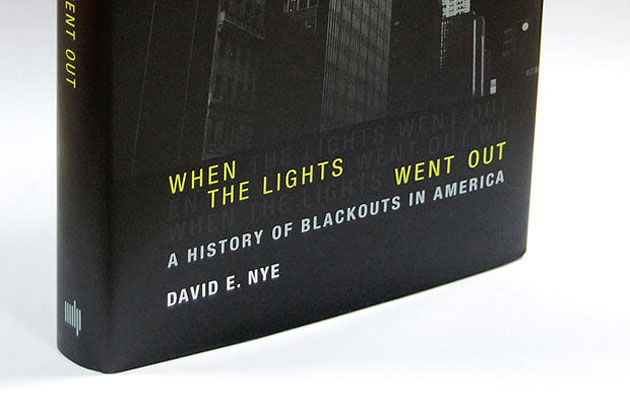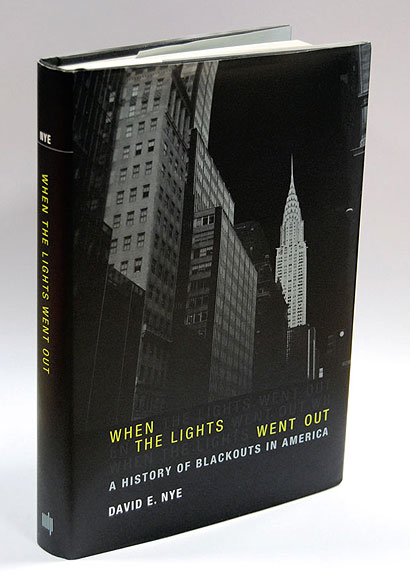|
|
||
|
The history of blackouts is the story of how electricity took over our lives and cities, says William Wiles David Nye has struck on a brilliant formula for a compact, detailed book that is focused in its subject but magnificently broad in the story it ends up telling. The history of the blackout is the history of the power grid, and the extraordinary way it has woven itself into every aspect of our lives. The book devotes particular attention to three huge power cuts affecting New York and the Eastern Seaboard of the USA, in 1965, 1977 and 2003. Before 1965, there were frequent power cuts, but they were brief, local and limited in effect. Only the military could darken a whole city. Then came the grid, which emerged as an attempt to make power supply more efficient and reliable as demand soared. One of Nye’s recurring points – and a flaw in the book is its tendency to repeat itself – is that the more complex a system becomes, the more vulnerable it becomes, and the more small problems pile up into unforeseeable disasters. By 1965, the grid was so advanced that it had become invisible, and its failure on a large scale had become inevitable. The 1965 blackout was hugely disruptive, but was greeted with community spirit and good humour. But when New York is again shut down in 1977 there is looting, arson and chaos on the streets. Nye presents blackouts as “breaks in the flow of social time”, moments when people are forcibly reminded that they are not individuals but part of a larger society. What happens during a blackout is an indicator of the health of that society: in 1977, New York was gripped by social problems that boiled over as soon as the technological systems holding them at bay were switched off. A blackout becomes a glimpse at a social barometer. “Most people are content to be alone when the power is on but immediately seek others when it fails,” Nye writes. The power supply is recast as a sign that society is ticking along and doesn’t need our participation. Its failure is a fascinating communal experience. There is much else of value in this book. Large and complex technological systems break down in interesting ways, through combinations of failure, accident and error rather than single events – disaster movie screenwriters could pick up some tips. Nye makes some perceptive points about the vulnerability of the modern city, an environment supremely adapted to our use that becomes a near-uninhabitable “anti-landscape” without electricity. And he also weaves in the scandalous story of energy deregulation in the United States, a free-market solution that was hailed as a panacea but led to catastrophic under-investment, rolling blackouts and Enron. He ends on a cliffhanger, with the public still jonesing for electricity but with the planet warming, supply at a technological plateau and new power stations a political liability. What happens next?
When the Lights Went Out: A History of Blackouts in America, by David Nye, MIT Press, £20.95 |
Words William Wiles |
|
|
||



















